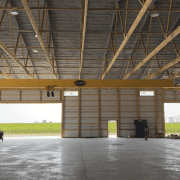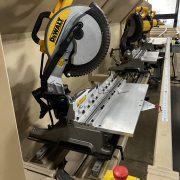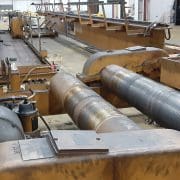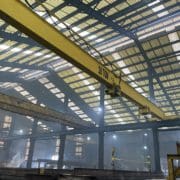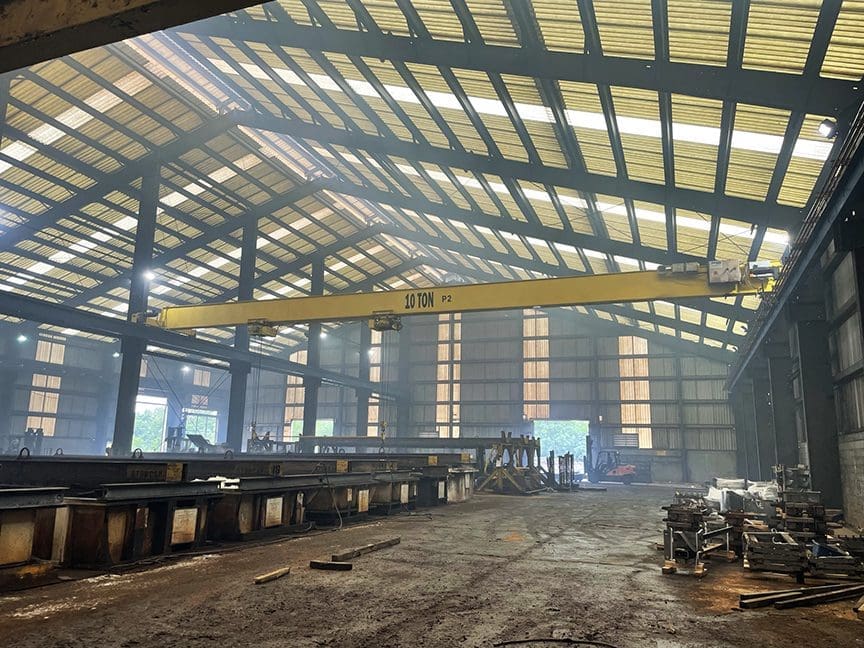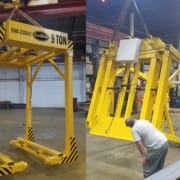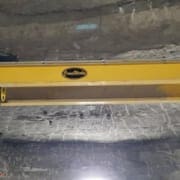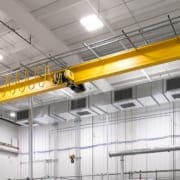Six R&M Materials Handling Inc. overhead crane systems were installed in just three weeks at the newly constructed Kimura Foundry America Inc. factory in Shelbyville, Indiana. The facility is the company’s first venture outside its native Japan, where it provides rapid prototype (RP) castings and small lot production services.
The Application:
Six R&M Materials Handling Inc. overhead crane systems were installed in just three weeks at the newly constructed Kimura Foundry America Inc. factory in Shelbyville, Indiana. The facility is the company’s first venture outside its native Japan, where it provides rapid prototype (RP) castings and small lot production services. Service Crane Co., which provides industrial cranes, workstation cranes and hoist systems, installed the R&M crane components in Kimura’s new 45,000 sq. ft. facility.
Cody White, Environmental Health and Safety Coordinator at the Shelbyville site, said: “Before a new part, component, or product hits the market, extensive research, development, and testing must take place. Here at Kimura, we are responsible for manufacturing those items prior to mass production. We employ the latest information technology to increase productivity. As a result, we can provide more value-added RP castings and small lot production services to our customers.”
With Kimura’s processes, they shorten industry-standard lead times by months, delivering final products to customers within five to seven days.
The Challenge:
With the goal of becoming the ‘world’s number one clean foundry’, the factory was a pioneer in factory operation based on ‘5S’: sort, set in order, shine, standardize, and sustain. White, who oversaw installation of the cranes and conducted operator training, said Kimura’s automated systems are recognized for an ability to reduce performance variation and increase safe operation, as well as to improve productivity. Its clean factory operation effectively reduces workplace accidents and risks.
Due to Kimura’s extremely short lead times, they rely on crane components and parts that are readily available, easily serviced, and provide dependability, all while keeping a safe working environment.
That’s when Service Crane turned to R&M for a solution.
The Solution:
Mark Drake, Territory Sales at Service Crane Co., explained that originally only five top-running cranes were required—two 3 ton and three 2 ton—but the end user requested an additional 3 ton unit when the others were already installed. The larger ones all have a bridge span of 63.1 ft.
The Results:
Drake added: “We continue to embrace the varied material handling challenges of Kimura, which has already involved supplying below-the-hook equipment to connect our lifting machinery to the facility’s varied loads.”
Photo Gallery:
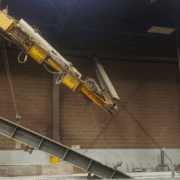
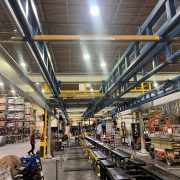
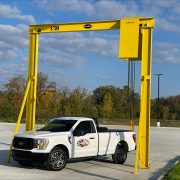 CraneWerks, Inc.
CraneWerks, Inc.